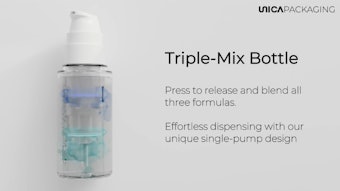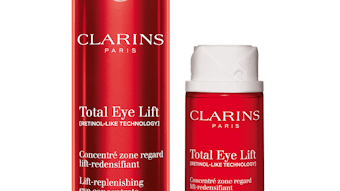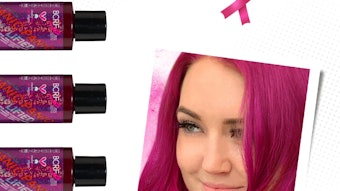
Regardless of where companies currently stand on the sustainability spectrum, there is always room for growth—and certainly the demand to support it. As consumer awareness of sustainable brand practices grows, there are some considerations that companies must make to catch up or stay ahead of the curve.
1. Educate Your Audience
Generally speaking, consumers are increasingly motivated to be more environmentally consciousa. While consumers generally gravitate toward sustainable packaging optionsb, they may not fully understand the impact they have on the sustainable supply chain and how to properly recycle or compost products after use. As such, brands should ensure that their audiences understand the role they play so that they may better integrate sustainable practices in their daily regimen.
Generally speaking, consumers are increasingly motivated to be more environmentally consciousa. While consumers generally gravitate toward sustainable packaging optionsb, they may not fully understand the impact they have on the sustainable supply chain and how to properly recycle or compost products after use. As such, brands should ensure that their audiences understand the role they play so that they may better integrate sustainable practices in their daily regimen.
Manufacturers use labels to indicate the sustainability advantages of packaging choices and to provide instructions on how to recycle the material after consumption of the product. Additionally, brands can implement smart packaging solutions such as quick response (QR) codes that enable consumers to access more information on a product and its recycling via a simple scan.
Brands that are making strides to be more environmentally conscious resonate more with consumers and influence purchase decisionsc. As such, it is in brands’ favor to communicate their efforts surrounding more sustainable practices in their operations.
2. Consider Materials from All Angles
While the adoption of sustainable materials is better for the environment, the use of certain substrates such as those that are biodegradable can tack on additional costs compared to traditional non-sustainable materials.
Biodegradable packaging is qualified by the material’s ability to completely break down and decompose into natural elements within a short time after disposal, typically within a year or less. The materials used can consist of paper and cardboard, corn starch, recycled polythene or plastarch material (PSM).
Unfortunately, brands are often met with challenges in sourcing these types of sustainable materials to create quality packaging. As more consumers demand sustainable packaging and more manufacturers implement eco-conscious solutions, the supply of sustainable materials dwindlesd. This can affect the price of the overall product, which can consequently turn consumers away. However, when communicated properly, consumers are more likely to pay more for a product knowing that it has sustainable qualitiese.
Manufacturers have also begun to design reusable containers to extend them beyond a single use. For example, brands such as Unilever have emerged with stainless steel and glass containers, double-walled steel containers as well as aluminum containers for refillable products like deodorant sticks and refillable toothpaste tablets.
For the full article, check out Global Cosmetic Industry's February digital magazine.
Footnotes:
awww.nielsen.com/us/en/insights/article/2018/global-consumers-seek-companies-that-care-about-environmental-issues/
bwww.nielsen.com/us/en/press-releases/2015/consumer-goods-brands-that-demonstrate-commitment-to-sustainability-outperform/
cwww.nielsen.com/us/en/insights/article/2018/global-consumers-seek-companies-that-care-about-environmental-issues/
dwww.sciencedirect.com/science/article/pii/B9780081001769000050
ewww.nielsen.com/us/en/insights/article/2018/was-2018-the-year-of-the-influential-sustainable-consumer/










